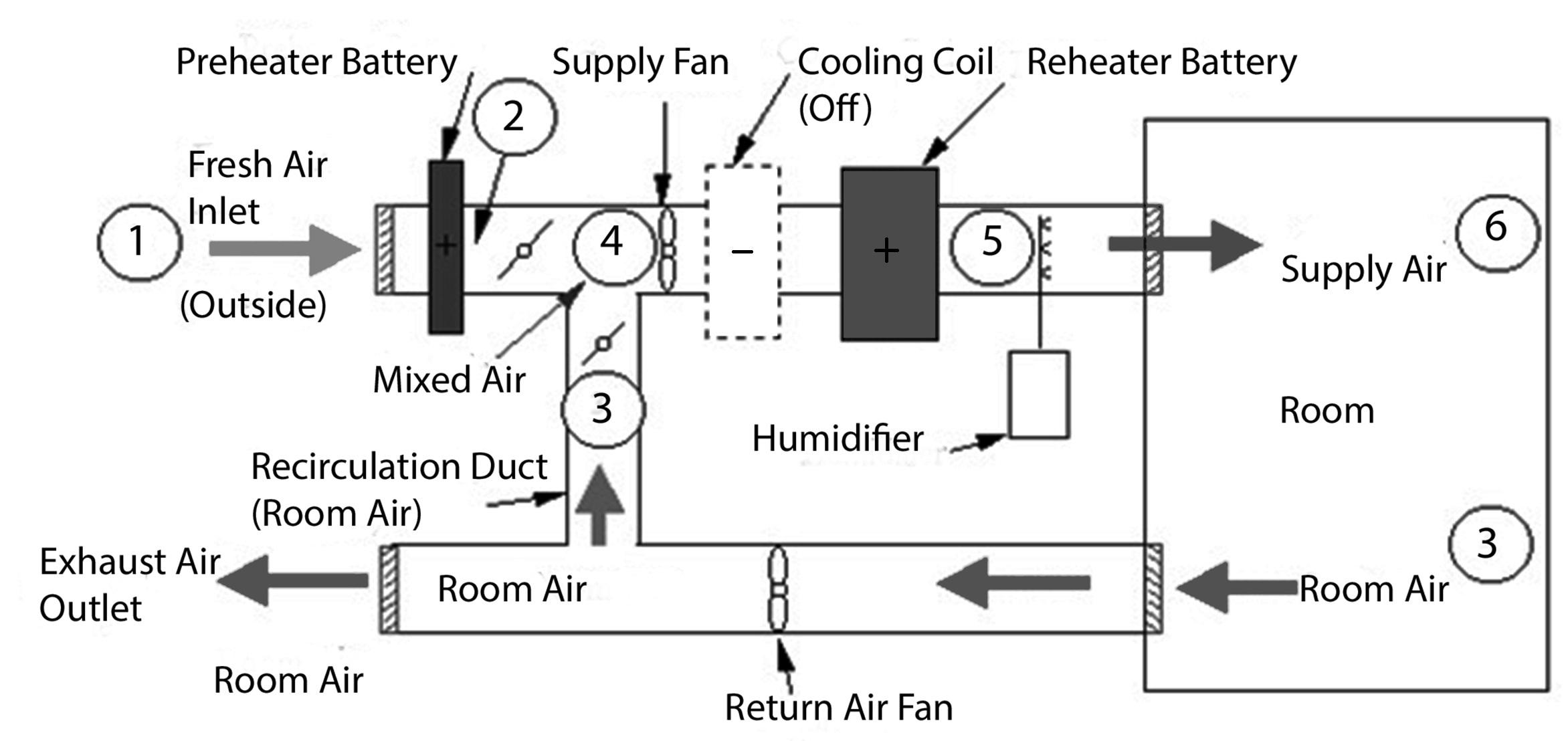
- •Министерство образования и науки Российской Федерации
- •About myself and my study
- •Vocabulary:
- •Building materials
- •Vocabulary:
- •Shear wall and frame systems
- •Vocabulary:
- •Boulton house, cambridge, england
- •Vocabulary:
- •Assembly of elements at floor above ground level
- •Vertical section through typical upper floor
- •Saint petersburg
- •Vocabulary:
- •Urban design
- •Vocabulary:
- •Eco-architecture
- •Vocabulary:
- •Computer systems
- •Vocabulary:
- •The wide world web
- •Vocabulary:
- •Computer software and hardware
- •Vocabulary:
- •Internal combustion engine
- •Vocabulary:
- •Automobile safety
- •Vocabulary:
- •Hybrid cars
- •Vocabulary:
- •Vocabulary:
- •Excavators
- •Vocabulary:
- •Power installations of construction machinery
- •Vocabulary:
- •Price elasticity of demand and supply
- •Vocabulary:
- •Fiscal policy
- •Vocabulary:
- •Foreign trade
- •Vocabulary:
- •Heat exchangers
- •Vocabulary:
- •Boilers
- •Vocabulary:
- •Air conditioning
- •Vocabulary:
- •Оглавление
- •Английский язык
Vocabulary:
biomass ['ÄÕIqÅ·É] – биомасса;
chemical energy ["ÐÂÅIÐqÎ 'enqGI] – химическая энергия;
combustion chamber [kqÅ"ĵÉÀqÍ 'CeImbq] chamber – камера сгорания;
combustion process [kqÅ"ĵÉÀqÍ 'prquses] – процесс горения;
cylindrical vessel [ÉI"ÎIÍdÏIÐqÎ 'vesl] – цилиндрический сосуд;
diameter of shell [dÕI"·ÅIËq qv 'Sel] – диаметр кожуха
electric boiler [I"lektrIk 'bOIlq] – электрический бойлер
field of application [f°ld qv "xplI'keISn] – область применения
fire tube boiler ["faIq tj³b 'bOIlq] – дымогарный котел
firing method ["ÇÕI¶ÏIN'meTqd] – способ/метод горения
fuel combination ["Çj³¶Î "kPmbI'neISn] – горючая/топливная смесь
fuel fired ['Çj³¶Î 'faIqd] – работающий на минеральном топливе
fundamental process ["ǵÍd¶'ЕВНЛО 'prquses] – основной процесс
high steam pressure [haI stJm 'ÃÏ¿q] – высокое давление пара;
oxygen ['PÐÉI»qÍ] n.– кислород;
sustained combustion [ÉqÉ'ËÂIÍÌ kqm'bAsCqn] – устойчивое /равномерное горение
thermal energy ["¾WÅqÎ 'enqGI] – термическая энергия
thermal stress ["¾WÅqÎ 'stres] – термическое напряжение
water circulation ["w²tq "ÉWÐÓq'ÎÂi¿Í] – циркуляция воды;
water tube boiler ['wLtq tjHb "bPIlq] – водотрубный котел
Answer the following questions:
How can boilers be classified?
How can boilers be divided depending on their construction?
What have fire tube boilers been used for?
What is the difference between fire tubes and water tubes?
What is the advantage of the water tube boiler?
What is the basic purpose of any boiler?
What two fundamental processes must occur to achieve this objective?
What does the design of the boilers depend on?
How are boilers manufactured?
ТЭ, ЭЭ, ТСБ, ПВ (IVсеместр)
Air conditioning
An air-conditioning cycle comprises several air-conditioning processes that are connected in a sequential order. The working substance to condition air may be chilled or hot water, refrigerant, desiccant, etc.
Air-conditioning cycles can be grouped into two categories: 1. Open cycle, in which the moist air at its end state does not resume its original state. An air conditioning cycle with all outdoor air is an open cycle. 2. Closed cycle, in which moist air resumes its original state at its end state. Air-conditioning cycle that conditions the mixture of recirculating and outdoor air, supplies it; recirculates part of the return air, and mixes it again with outdoor air is a closed cycle.
A basic air-conditioning system is a packaged system of supply air at a constant volume flow rate, serving a single zone, equipped with only a single supply/return duct.
Figure 5. A basic air-conditioning schematic for summer mode.

Here, return air from the conditioned space (2) mixes with required amount of outdoor air (1) at point (3) for acceptable indoor air quality and energy saving. The mixture is then cooled and dehumidified to (Apparatus Dew Point) ADP (4) at the cooling coil. The actual off-coil condition is represented (5) due to inefficiency (bypass) of cooling coil. The conditioned air is supplied to the room through the supply fan, supply duct, and ceiling diffuser (6). Supply air then absorbs the sensible and latent load from the space, becoming the space air (2). Room air is returned back to the cooling unit again and forms a closed cycle. Part of the return air is exhausted to balance the outdoor air intake and infiltration.
Figure 6. The psychrometric diagram below shows a typical winter cycle.

An air conditioning system has to handle a large variety of energy inputs and outputs in and out of the building where it is used. The efficiency of the system is essential to maintain proper energy balance. The system will operate properly if well maintained and operated.
